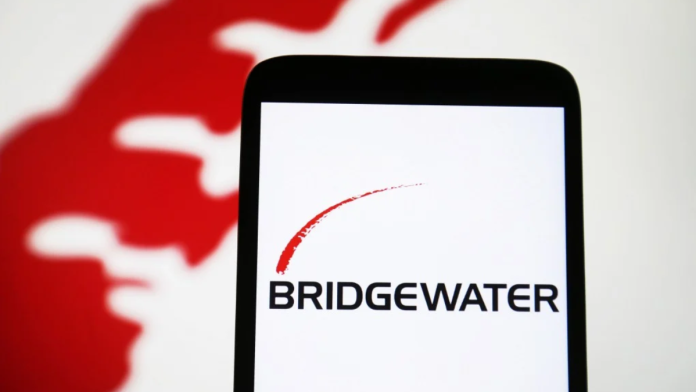The world’s largest hedge fund, Bridgewater Associates, has made a dramatic move by selling all of its shares in US-listed Chinese companies during the second quarter of this year. The total value of these shares was about US$1.41 billion. This is the first time in years that Bridgewater has completely removed its direct exposure to Chinese equities.
The sell-off covered 16 different Chinese stocks. These included major e-commerce players Alibaba Group Holding, JD.com, and PDD Holdings. It also involved well-known names in technology and services such as Baidu in search engines, Nio in electric vehicles, Trip.com Group in travel services, and Yum China in the restaurant business. Other companies sold off included TAL Education Group, H World Group, KE Holdings, and Autohome.
This sweeping exit comes as tensions between the United States and China have been rising again. Renewed discussions about tariffs and trade restrictions have created uncertainty in the global market. Many investors are reacting with caution, and Bridgewater’s complete withdrawal from Chinese holdings shows just how quickly strategies can change in uncertain times.
Hidden trackers in AI chip shipments reveal US’s bold move to stop illegal diversion to China
Only a quarter earlier, Bridgewater had taken the opposite approach. It had sharply increased its position in Chinese stocks, especially Alibaba, boosting its stake by more than 3,360% from just US$21.6 million at the end of 2024 to about US$748.4 million in early 2025. This makes the second-quarter reversal even more striking.
Strategic Shift Towards US Tech Giants
While cutting all Chinese holdings, Bridgewater has shifted its focus to US mega-cap technology companies. In its latest filing with the US Securities and Exchange Commission, the firm reported significant increases in some of the biggest names in tech.
Its stake in Nvidia rose by 154%, now making up 4.61% of the portfolio. Holdings in Microsoft increased by 112%, Alphabet by 84%, and Meta Platforms by 90%. This shows a strong turn towards American technology leaders during a period of wider market volatility.
By June 30, Bridgewater disclosed 585 positions worth about US$24.8 billion in public equities, up from around US$21.6 billion three months earlier. These public market holdings are part of the firm’s total US$136.5 billion in global assets under management.
The exit from China was not limited to direct stock ownership. Bridgewater also sold off its indirect exposure by unloading exchange-traded funds such as the iShares MSCI China ETF and the iShares China Large-Cap ETF. This means the hedge fund has stepped away from both individual Chinese companies and broader investment products tied to the Chinese market.
🏦 Banking blackout — Beijing bans 2 Lithuanian lenders in revenge for EU sanctions on Chinese banks
Other Investors Are Moving Differently
Interestingly, Bridgewater’s sharp pullback happened at the same time some other investors were moving in the opposite direction. According to a recent Morgan Stanley report, long-only funds increased their investments in Chinese equities during the same period. In July, these funds added US$2.7 billion into Chinese stocks, up from a US$1.2 billion net inflow in June.
China’s official data also supports this trend. Overseas investors bought a total of US$10.1 billion worth of onshore Chinese stocks and mutual funds in the first half of the year. This marks a change after two years of net selling by foreign investors.
Volatile Markets Drive Fast Decisions
The second quarter saw significant volatility, with renewed trade disputes between the US and China impacting investor confidence. Stocks in both countries faced sharp price corrections. For large asset managers like Bridgewater, managing risk while seeking returns meant rebalancing portfolios quickly — even if it meant reversing decisions made only a few months earlier.
With Bridgewater now entirely out of Chinese equities, both directly and indirectly, this move stands as one of the clearest signals yet of how rapidly institutional investment strategies can pivot in the face of changing market conditions.
